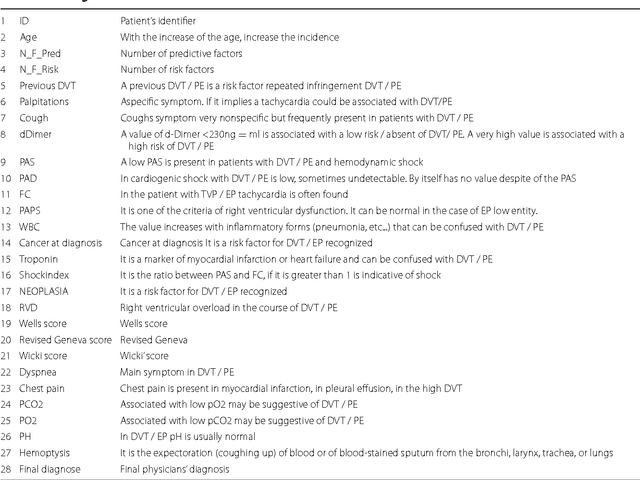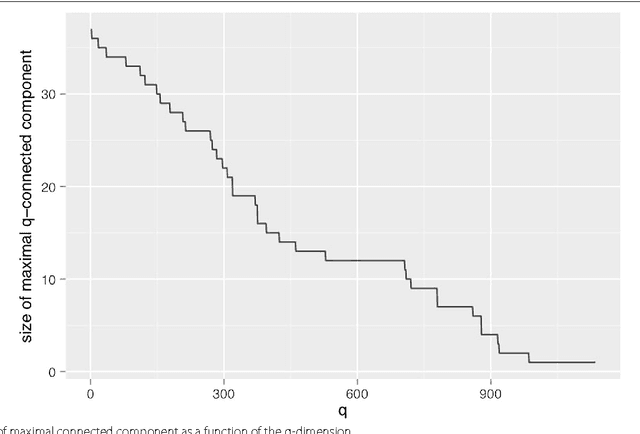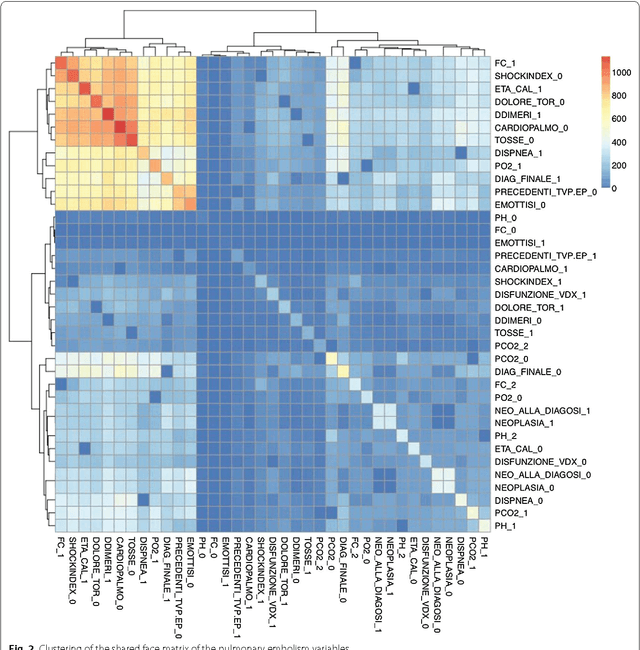Emanuela Merelli
Space of Data through the Lens of Multilevel Graph
Mar 30, 2025Abstract:This work seeks to tackle the inherent complexity of dataspaces by introducing a novel data structure that can represent datasets across multiple levels of abstraction, ranging from local to global. We propose the concept of a multilevel graph, which is equipped with two fundamental operations: contraction and expansion of its topology. This multilevel graph is specifically designed to fulfil the requirements for incremental abstraction and flexibility, as outlined in existing definitions of dataspaces. Furthermore, we provide a comprehensive suite of methods for manipulating this graph structure, establishing a robust framework for data analysis. While its effectiveness has been empirically validated for unstructured data, its application to structured data is also inherently viable. Preliminary results are presented through a real-world scenario based on a collection of dream reports.
Topological Interpretation of Interactive Computation
Aug 03, 2019



Abstract:It is a great pleasure to write this tribute in honor of Scott A. Smolka on his 65th birthday. We revisit Goldin, Smolka hypothesis that persistent Turing machine (PTM) can capture the intuitive notion of sequential interaction computation. We propose a topological setting to model the abstract concept of environment. We use it to define a notion of a topological Turing machine (TTM) as a universal model for interactive computation and possible model for concurrent computation.
Neural Hypernetwork Approach for Pulmonary Embolism diagnosis
Oct 13, 2014



Abstract:This work introduces an integrative approach based on Q-analysis with machine learning. The new approach, called Neural Hypernetwork, has been applied to a case study of pulmonary embolism diagnosis. The objective of the application of neural hyper-network to pulmonary embolism (PE) is to improve diagnose for reducing the number of CT-angiography needed. Hypernetworks, based on topological simplicial complex, generalize the concept of two-relation to many-body relation. Furthermore, Hypernetworks provide a significant generalization of network theory, enabling the integration of relational structure, logic and analytic dynamics. Another important results is that Q-analysis stays close to the data, while other approaches manipulate data, projecting them into metric spaces or applying some filtering functions to highlight the intrinsic relations. A pulmonary embolism (PE) is a blockage of the main artery of the lung or one of its branches, frequently fatal. Our study uses data on 28 diagnostic features of 1,427 people considered to be at risk of PE. The resulting neural hypernetwork correctly recognized 94% of those developing a PE. This is better than previous results that have been obtained with other methods (statistical selection of features, partial least squares regression, topological data analysis in a metric space).
 Add to Chrome
Add to Chrome Add to Firefox
Add to Firefox Add to Edge
Add to Edge